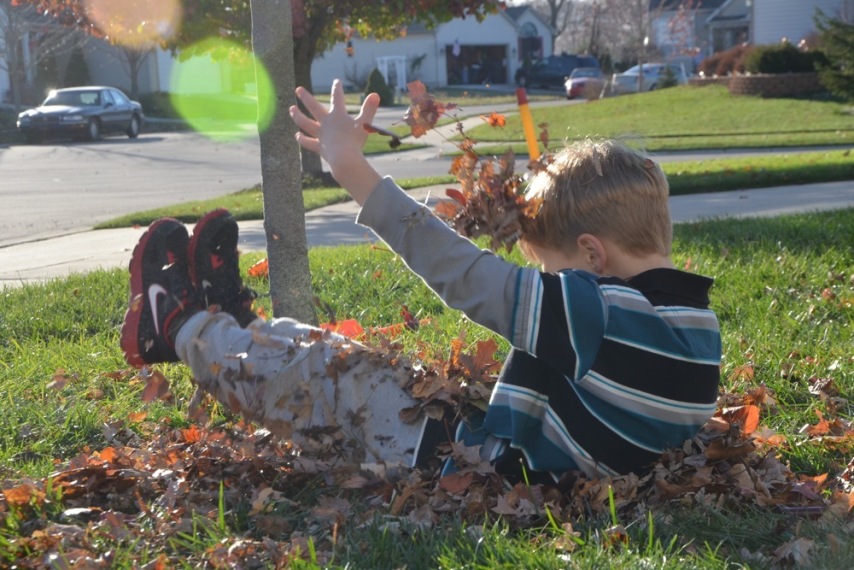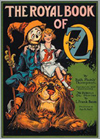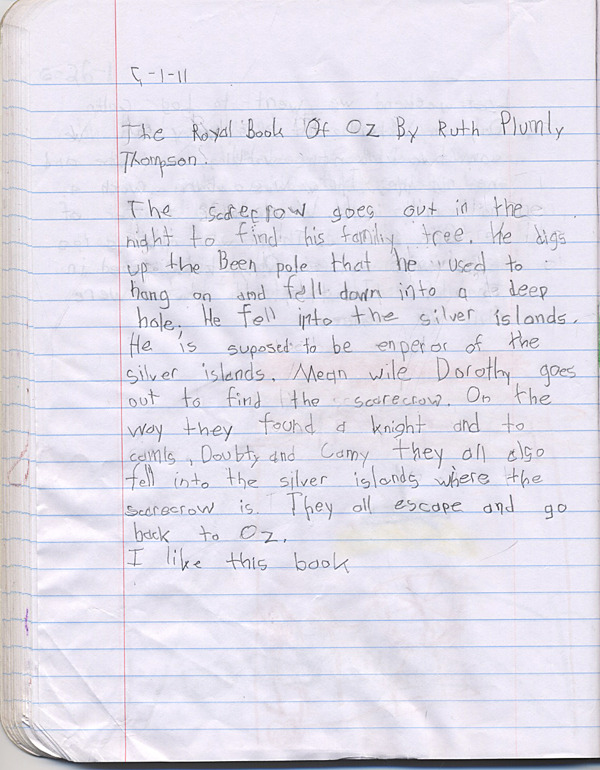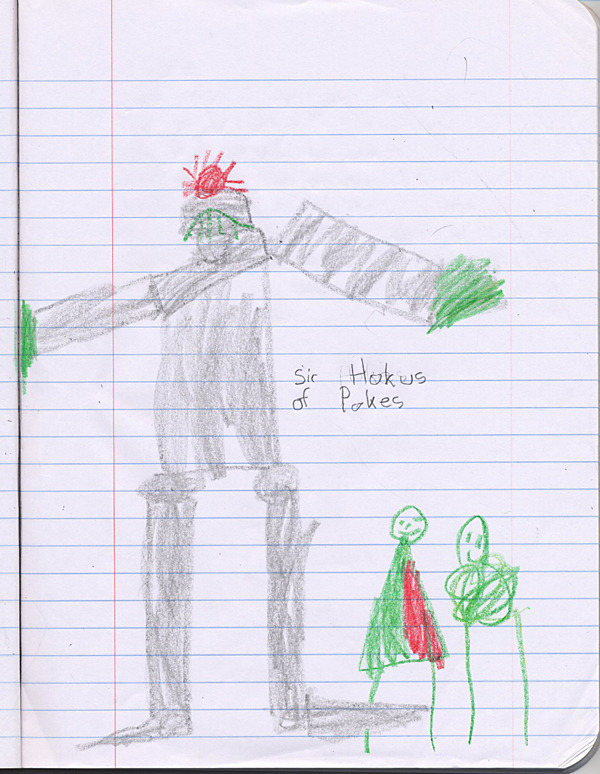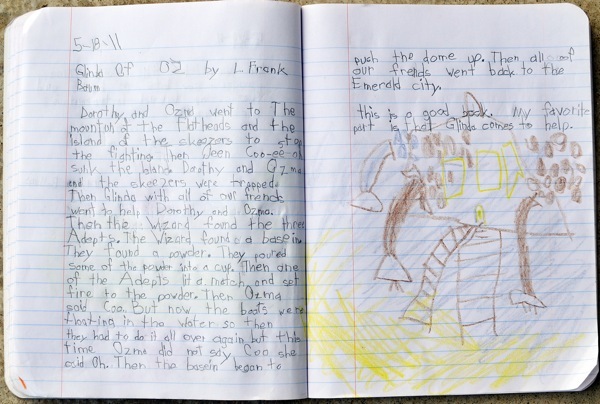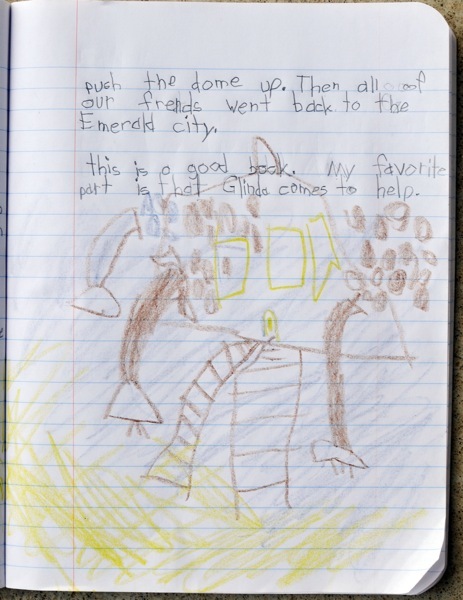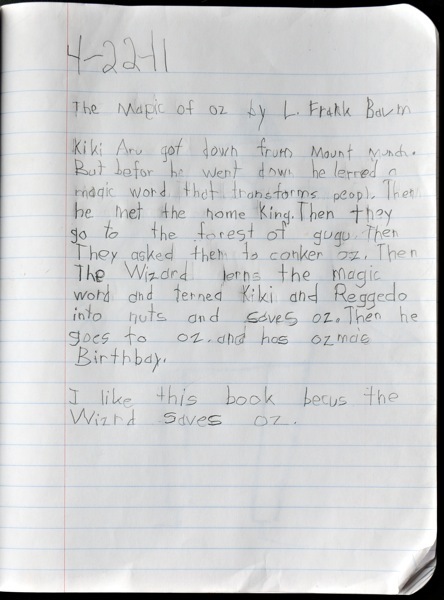The Tale of Despereaux, by Kate DiCamillo (our reviews)
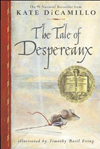 A mouse and a rat both fall in love with a princess and a story of chivalry, revenge, and heartbreak ensues. Despereaux is a misfit in his own mouse world and is banished to the dungeon where he expects to meet his death. Roscuro is a misfit in his own rat world, but finds only rejection in the world of light above, and returns to the dungeon thinking only of revenge. Mig, the unloved peasant who is too simple to either love or seek revenge, wishes only to trade places with the princess. We hear their stories separately first, then they all come together to finish the tale. The story is generally charming, but while the beginning seems promising DiCamillo continually interrupts the flow of the story either by jumping without warning to another time, place, and character, or by playing the interrupting narrator. With so many disruptions it can be hard to stay interested, but the underlying messages, such as "have courage" and "dare to be different", are obvious enough and the rich language makes the book a pleasant read.
A mouse and a rat both fall in love with a princess and a story of chivalry, revenge, and heartbreak ensues. Despereaux is a misfit in his own mouse world and is banished to the dungeon where he expects to meet his death. Roscuro is a misfit in his own rat world, but finds only rejection in the world of light above, and returns to the dungeon thinking only of revenge. Mig, the unloved peasant who is too simple to either love or seek revenge, wishes only to trade places with the princess. We hear their stories separately first, then they all come together to finish the tale. The story is generally charming, but while the beginning seems promising DiCamillo continually interrupts the flow of the story either by jumping without warning to another time, place, and character, or by playing the interrupting narrator. With so many disruptions it can be hard to stay interested, but the underlying messages, such as "have courage" and "dare to be different", are obvious enough and the rich language makes the book a pleasant read.
As a parent I think this is a fine book to read to a young child, but I was disappointed by the quality of the story and writing. At age five Calvin was completely capable of understanding the the story as read to him, but would not have been able to read it fluently enough to make it worth while.
Interview review with Calvin
I didn't ask Calvin to journal a response to this book because he is reading and journaling books like it on his own now and I didn't want it to become a chore. Instead I interviewed him on his feelings about the story:
Can you tell me what the book is about?
Despereaux is a small mouse who never grows big. He likes light and he can read and he loves Princess Pea. The mouse council sends him to the dungeon because he doesn't act like a mouse, but he escapes. A girl named Mig works in the castle. She is fat and not happy because she is without her parents. Roscuro is a rat who causes the queen to die of fright, so Pea is angry with him. But Roscuro does not want to be in the dungeon with the other rats, he wants to be in the light upstairs. He wants revenge because eh people won't allow him upstairs. Mig and Roscuro steal Pea and take her to the dungeon and Roscuro wants to keep her there forever, and Mig wants to be the princess. But Despereaux saves them.
What did you like or not like about the book?
I like that there were different parts in the book because they were like little stories about each character.
 Book reviews,
Book reviews,  Reviews by Calvin | tagged
Reviews by Calvin | tagged  read aloud 2011,
read aloud 2011,  youth fiction
youth fiction 




